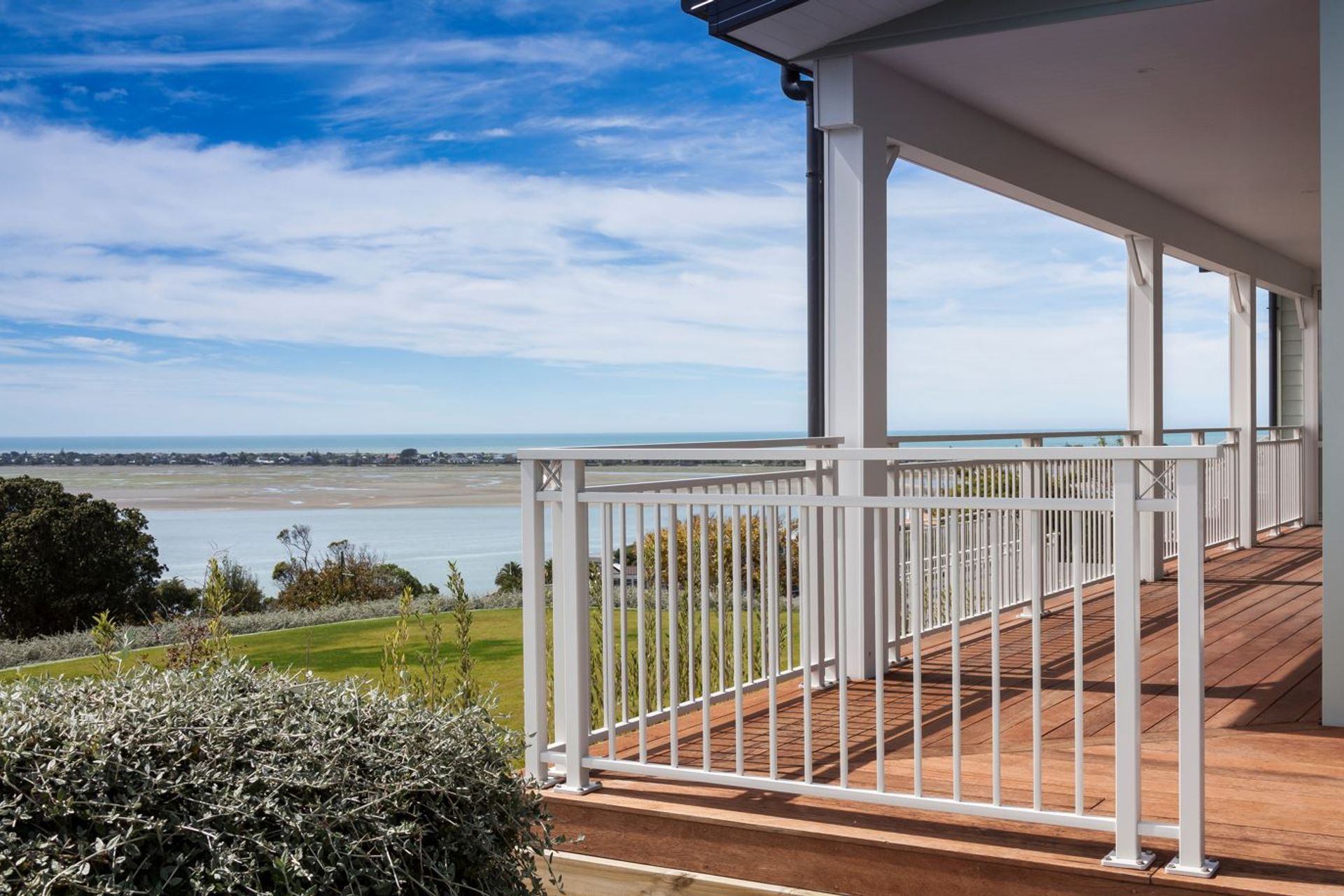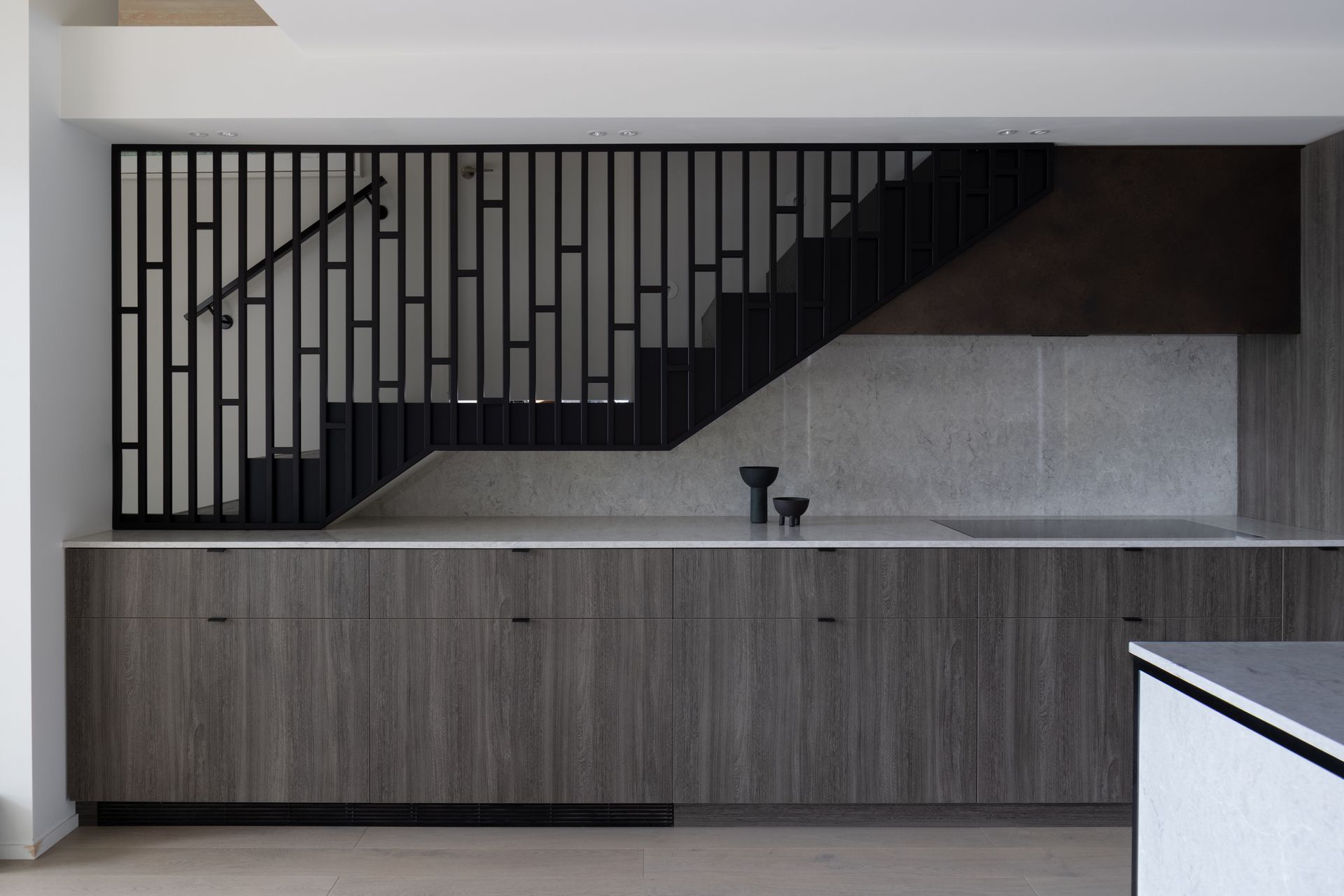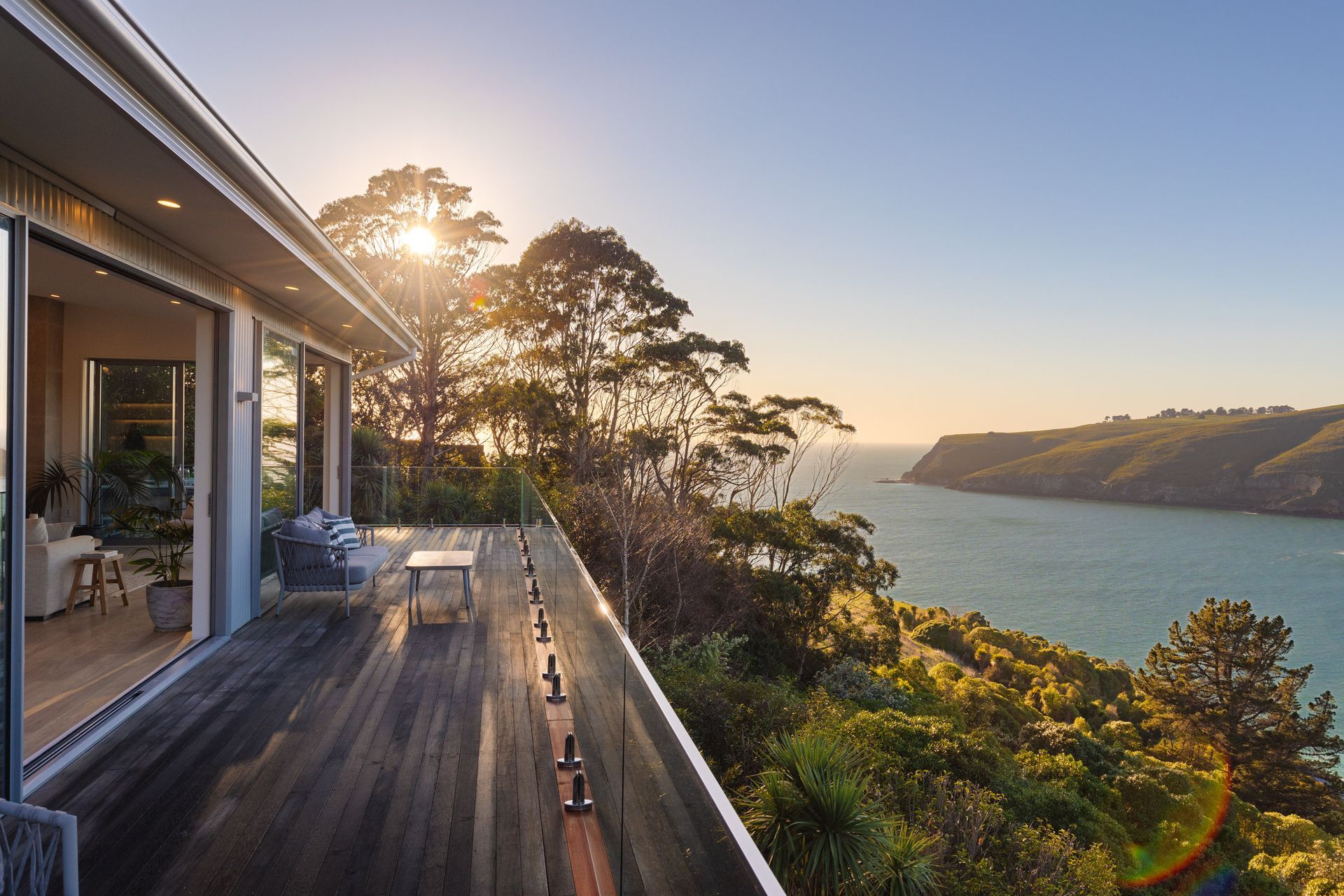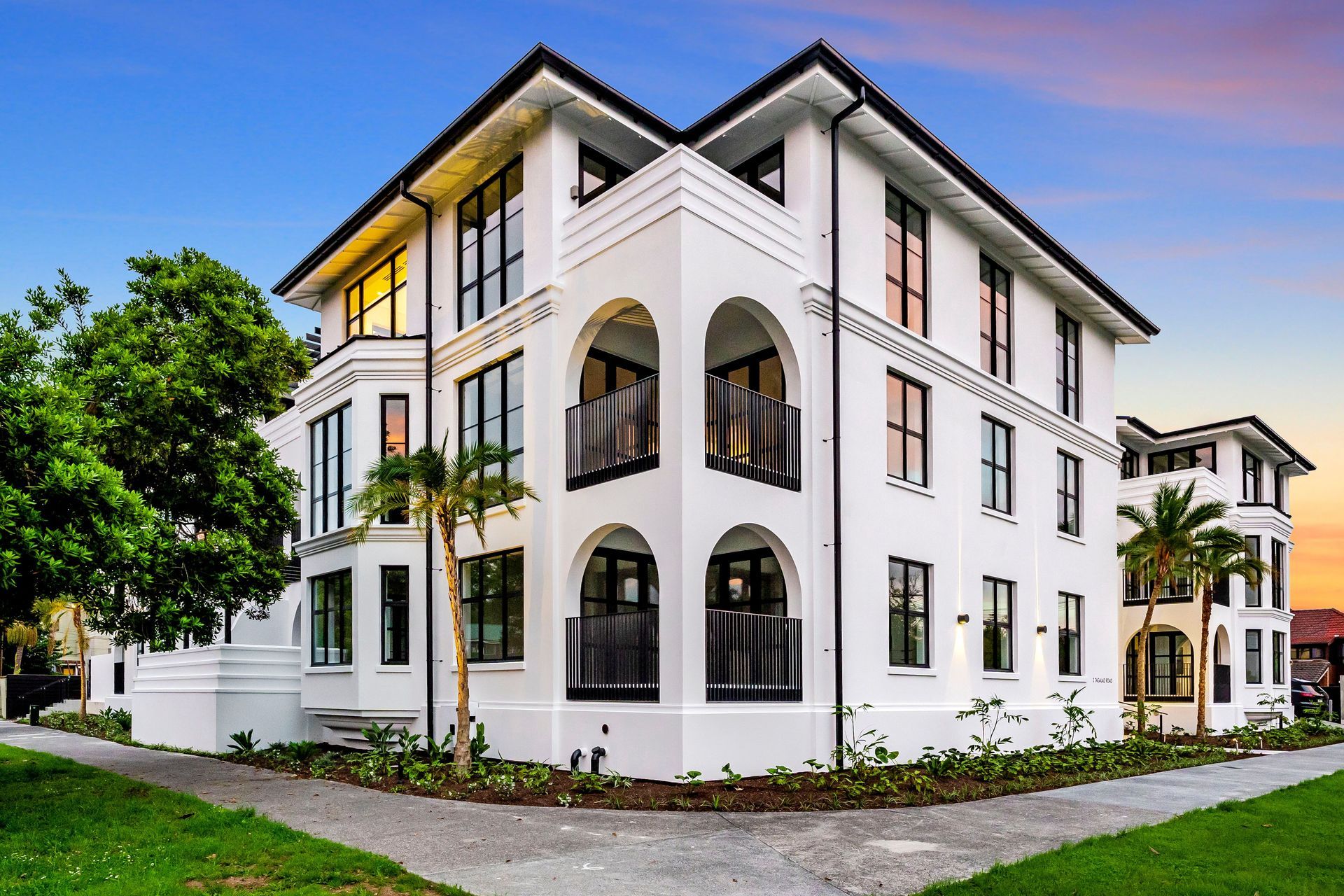How to choose the right balustrade material for your home
Written by
27 April 2023
•
8 min read

Most homes in New Zealand have the need for a reliable balustrade and the choice of material is probably the most influential decision you’ll make with respect to it. There are many factors that will weigh in on the decision including your budget, its location, the styling and more. You can comprehensively address these, quickly and easily, to set yourself up for a choice that will deliver above and beyond for years to come.
1. Understand the purpose of a balustrade
Before anything else, it's important to first understand the fundamental purpose of a balustrade. While this may seem obvious, refreshing oneself with the basics can actually help focus the decision-making to come.
The purpose of a balustrade in home design cannot be overstated. At its core, a balustrade is a safety feature that prevents falls from elevated areas such as staircases, balconies, and terraces. Beyond its functional importance, though, a balustrade can add an elegant touch to a home's design. With a variety of materials available such as wood, glass, and wrought iron, a balustrade can be tailored to suit any aesthetic.
When it comes to choosing the right balustrade material, it should not be an afterthought but a considered decision to elevate a home’s functionality and beauty.

2. Consider different types of balustrade materials available
There are a number of different materials available for balustrades in New Zealand, each of which has its own pros and cons. The most popular choices include the following:
Aluminium balustrades
Aluminium offers a strong, long-lasting solution and is one of the most popular types of metal balustrades available. It’s a great option if you desire a modern look and is also more affordable than other metals such as steel or stainless steel. Furthermore, aluminium balustrades are easy to install and maintain. The only real drawback with them is that they tend to be more expensive than other materials.
Glass balustrades
Glass balustrades are a luxurious and sophisticated way to add value to your home. They come in a variety of styles, from frameless to semi-frameless designs, and provide an unobstructed view of the surroundings. The glass panels are usually made with toughened glass making them a fairly strong solution though understandably less so than metal alternatives. The only downside is that regular cleaning is required as dirt and grime are more visible.

Polycarbonate balustrades
Polycarbonate balustrades are an increasingly popular choice due to their durability and affordability. They are also a great option if you’re looking to add some extra colour to your stairs or balconies, as they can easily be painted in different hues. Polycarbonate is shatterproof, however, it can become warped over time if exposed to direct sunlight.
Stainless steel balustrades
If you’re looking for a durable and contemporary option, stainless steel balustrades are a great choice. They’re long-lasting and highly resistant to corrosion, making them ideal for coastal areas. Stainless steel balustrades require minimal maintenance and are available in a range of finishes, from brushed or polished to coloured or powder coated.

Timber balustrades
Timber or wooden balustrades are an affordable, classic choice that comes in a range of styles and can be painted or stained to fit your home’s colour scheme. They bring a warm feel and a natural look to a home which few can match. However, timber is vulnerable to weathering over time and therefore requires regular maintenance.
Wrought iron balustrades
Wrought iron balustrades are a timeless classic for residential properties. They are extremely strong yet often ornate in design offering an elegant look not found with other materials. This means it can be customised to suit your home’s architectural style. The downside of wrought iron is that it requires regular maintenance and needs powder coating or similar to prevent rusting and corrosion.
Related article: Types of balustrades and why you should consider them

3. Determine your budget and how much you’re willing to spend
When choosing a balustrade material, it’s important to determine your budget and how much you’re willing to spend on the project. Glass balustrades can cost $600 - $1,000 per square metre representing some of the more expensive solutions. At the other end of the scale, you'll be able to get timber balustrades for around $200 per square metre.
It’s important to have an idea of what you can afford before making a decision. It’s also important to factor in the cost of installation and maintenance when setting a budget for your balustrade material.
For example, the cost of timber balustrades is often cheaper than stainless steel but timber, especially in outdoor settings, will require more care and maintenance in the long term. The difference in price, which could even be in the hundreds of dollars per square metre, must be carefully weighed over the lifespan of the product to determine the true return on investment that you'll receive.

4. Research what materials are best suited for different climates and weather conditions
In New Zealand, where weather conditions can vary widely from one region to the next, it's important to choose materials that can withstand the elements and maintain their structural integrity over time. From the tropical Northland to the cooler, wetter conditions of the lower South Island, each region presents its challenges when it comes to designing and installing balustrades. Some materials, such as hardwoods or composite materials, may be better suited for humid, rainy areas, while others, like steel or glass, may be ideal for drier, sunnier climates.
Coastal regions also need to be considered due to the corrosive effects of saltwater and airborne particles, which makes materials like aluminium and stainless steel appropriate choices due to their anti-corrosion properties.

5. Examine the durability and maintenance requirements of each material
As already discussed in the points above, durability and maintenance requirements are two crucial factors to consider. Each material type presents unique strengths and weaknesses that should be weighed against your desired level of maintenance and longevity.
For instance, stainless steel is known for its excellent durability and ability to withstand harsh weather conditions. On the other hand, wooden balustrades are appealing for their natural beauty, but may require more upkeep due to potential issues with rot and degradation. Glass balustrades offer a modern, elegant look but require regular and careful cleaning to maintain their clarity.
The choice with respect to this point is two-fold. How long do you expect new balustrades to last in your home environment and how much ongoing maintenance are you prepared to commit to during that time? Knowing the answers to these two questions will go a long way to informing your decision.
Related article: Everything you need to know about glass pool fencing in New Zealand

6. Analyse the style and aesthetic in relation to your home's design
While many of the points already addressed are practical ones, style and aesthetics are just as significant. Different materials can offer different looks, ranging from the clean lines and modern look of stainless steel or the warm, rustic feel of wooden balusters.
It’s also worth taking some time to consider how the material will fit in with the existing architecture of your home and if it complements other features such as your windows and doors and other interior or exterior features.
Finding a complementary choice to these other features can help tie the whole design together resulting in a more cohesive and harmonious look. On the other hand, some take the opportunity to create a bit of contrast by choosing a material, like wrought iron, for instance, that is distinctly different from its surroundings. You can even contrast your choice of materials with the handrail for something different. This can help add a bit of texture, depth and drama to a space which can really draw the eye.

7. Engage a reputable and trusted professional
Finally, once you've settled on the material that best suits your needs and style, it's essential to engage the services of a reputable and trusted professional balustrading provider. With knowledge and experience in this field, they will be able to advise you on your choice and how best to install your new balustrade solution and ensure it meets the necessary building regulations and standards in New Zealand.
Having a professional oversee this process is paramount to ensure it's done correctly and safely, producing outstanding results for years to come. Plus, having an expert on hand can also provide peace of mind that your balustrade will be installed in accordance with best practices.
They'll also be able to advise you specifically on how to care for your balustrades and may even offer ongoing maintenance and support into the future.
Related article: The best decking materials in New Zealand

Choose your balustrade material with confidence and care
Choosing the right material for your balustrades is an important decision, but with a systematic approach and the help of an experienced professional, you can make sure to select one that meets all of your needs. By taking into account the necessary factors discussed above, you'll have no problem finding a material that looks great and stands up to whatever environment it will be exposed to, adding value to your home in more ways than one.
(This article was updated on 9th December 2024)
Explore an extensive range of high-quality balustrades from trusted suppliers on ArchiPro